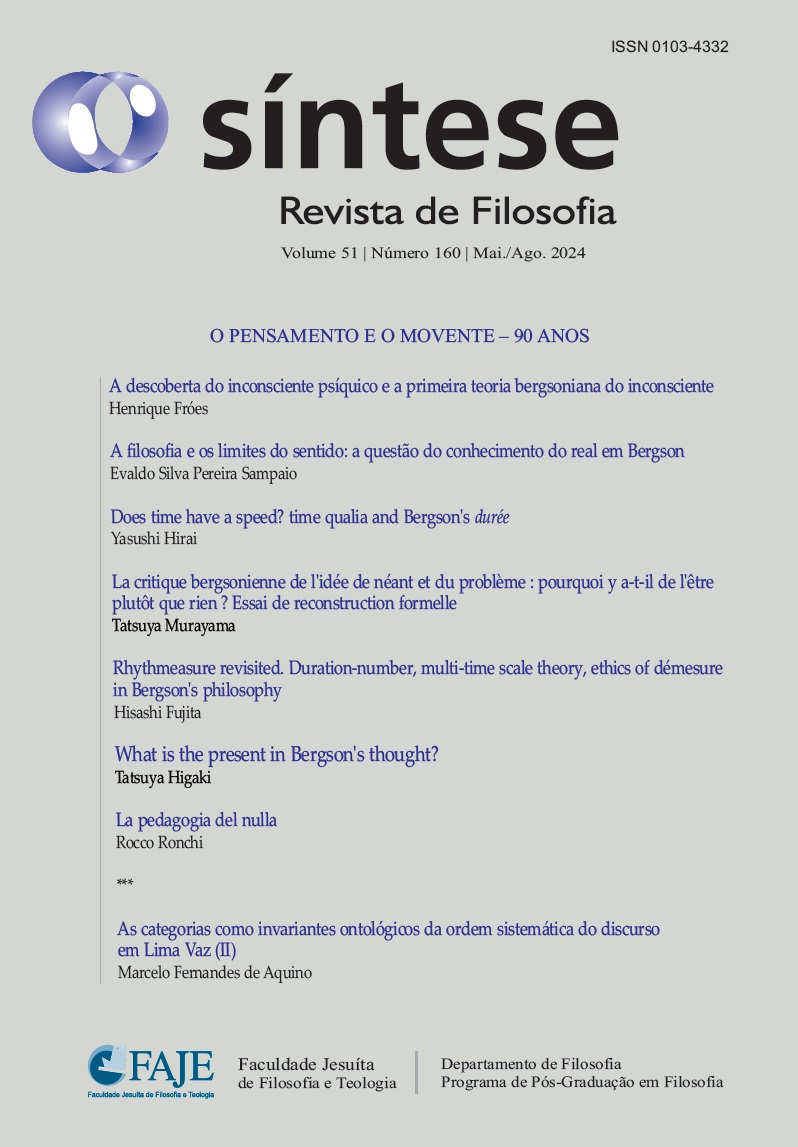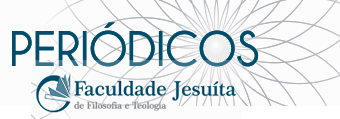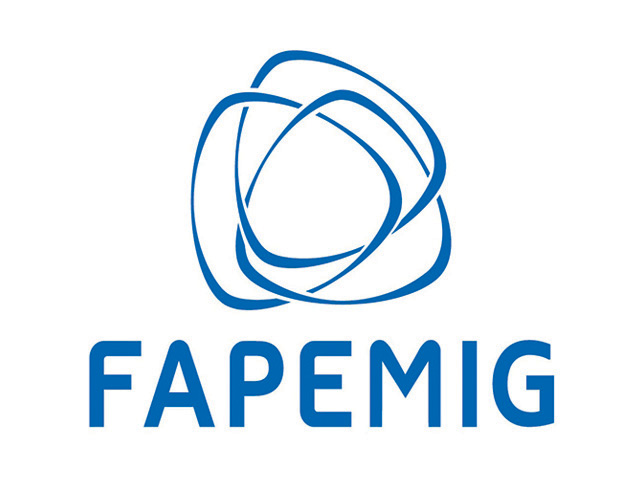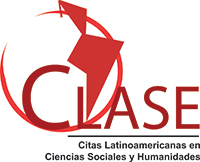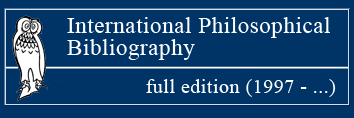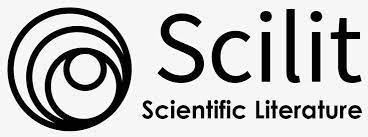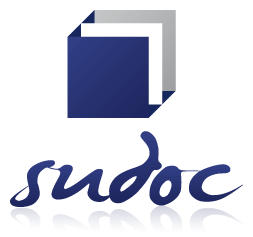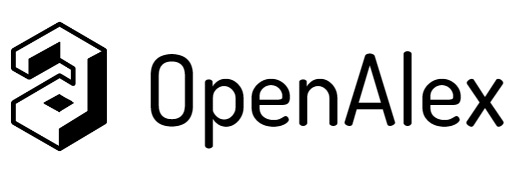A MEDIDA-RÍTMICA REVISITADA. DURAÇÃO NUMÉRICA, TEORIA DA ESCALA MULTI-TEMPORAL E ÉTICA DA DESPROPORCIONALIDADE NA FILOSOFIA DE BERGSON
DOI:
https://doi.org/10.20911/21769389v51n160p287/2024Resumo
O conceito central de Bergson, a duração, por vezes ilustrada com exemplos de melodia, é mais conhecido por sua multiplicidade qualitativa, heterogênea e sobretudo não quantificável. No entanto, os exemplos acerca da duração apresentados no Ensaio sobre os Dados Imediatos da Consciência – tais como “a oscilação regular do pêndulo” ou “as sucessivas badaladas de um sino distante” – sugerem um fenômeno periódico que parece requerer uma outra perspectiva quanto ao ritmo. Quando nós “nos lançamos no ritmo”, percebemos uma qualidade numérica sem qualquer contagem. O ritmo faz vislumbrar uma “outra forma de medida”. Concentrar-se na “organização rítmica do todo” no interior da duração poderia revelar o segredo da enigmática frase de Bergson: “Esta heterogeneidade contém o número apenas potencialmente”. Este artigo reexamina o âmbito teórico da medida-rítmica de duas maneiras. Primeiramente, mostra como esta imagem mediadora que forjamos é renovada pelos recentes estudos que enfatizam a duração numérica (Miravete) ou a teoria da escala multi-temporal (Hirai). Depois, serão exploradas as implicações ético-políticas da medida-rítmica. Em seu último livro, As Duas Fontes da Moral e da Religião, Bergson apresenta várias imagens de uma justiça “que não mais evoca ideias de relatividade ou proporção, mas, pelo contrário, de incomensurabilidade e de absoluto”. Tenta-se então mostrar como a própria ambiguidade desta desproporcionalidade parece revitalizar a famosa oposição entre “o fechado e o aberto”.
Palavras-chave: Duração. Ritmo. Número. Ética. Démesure.

